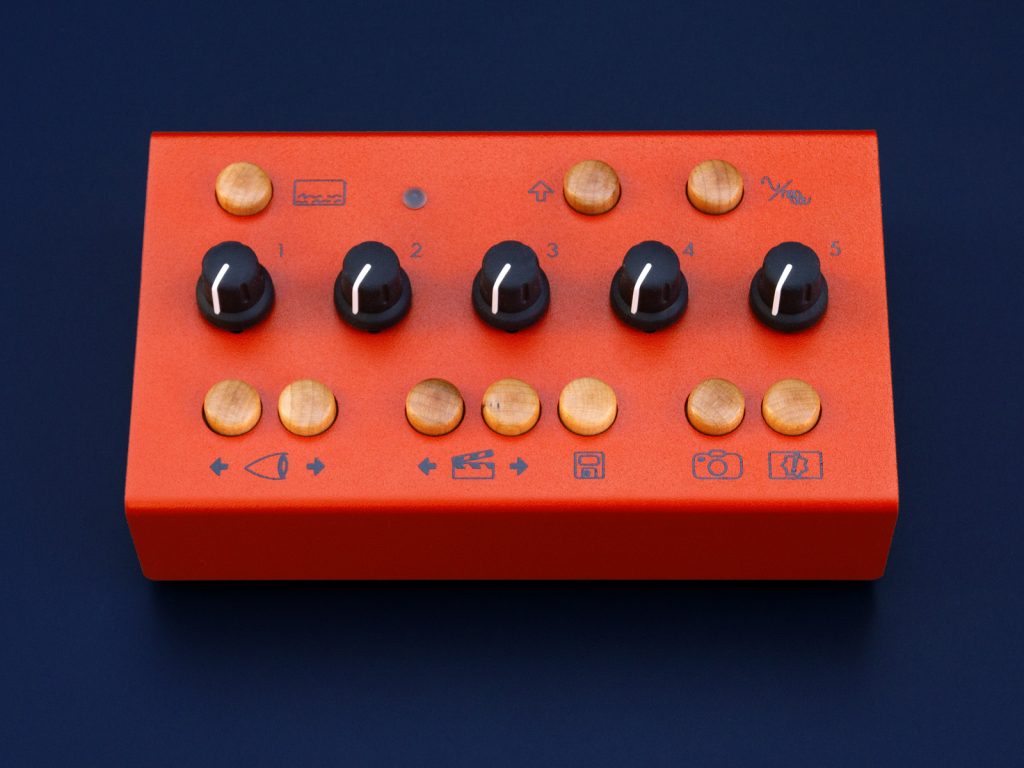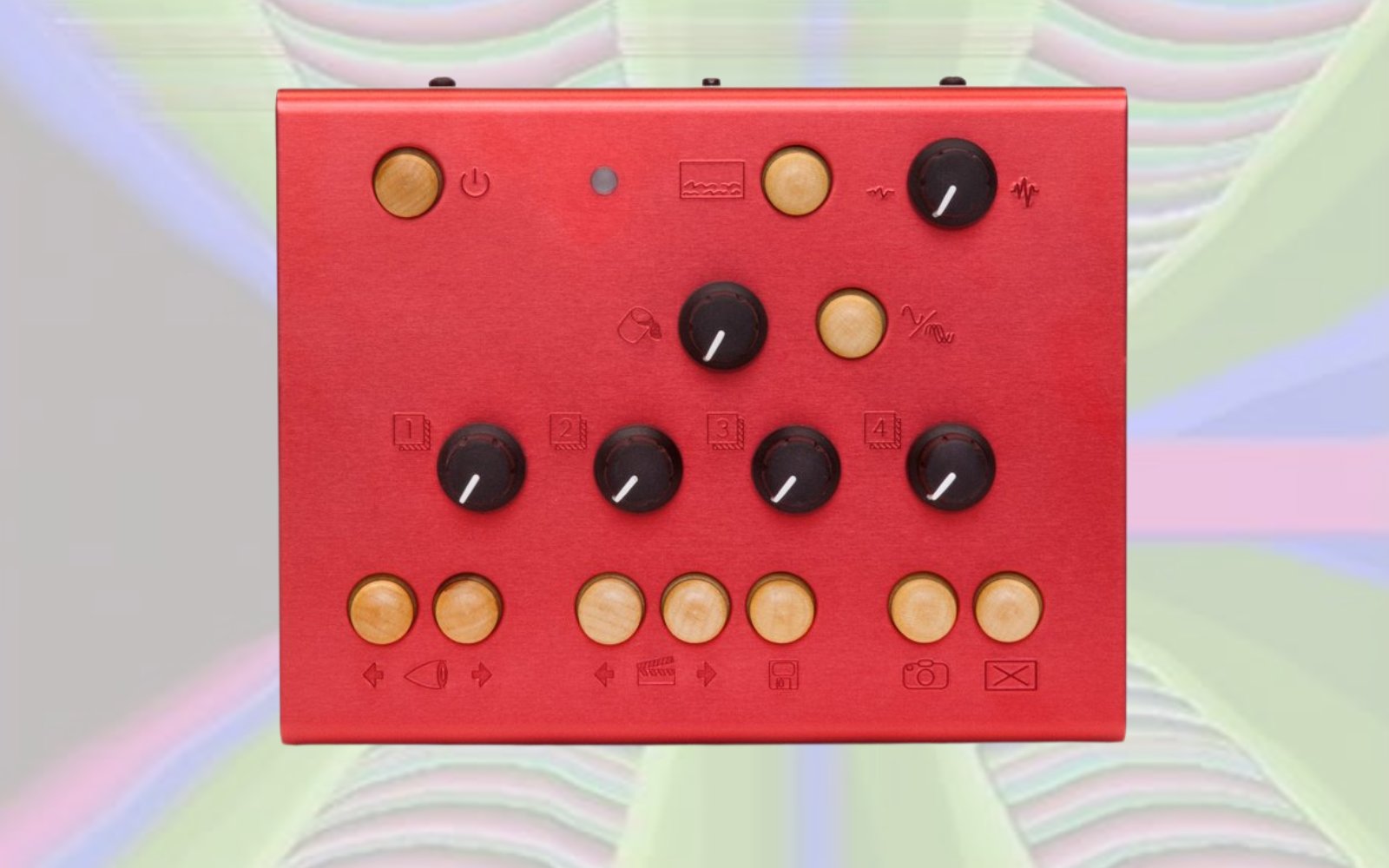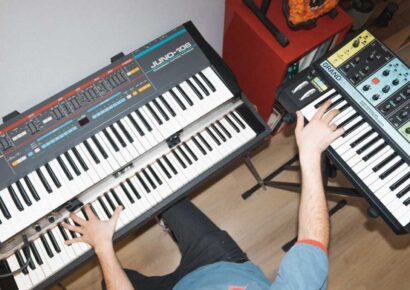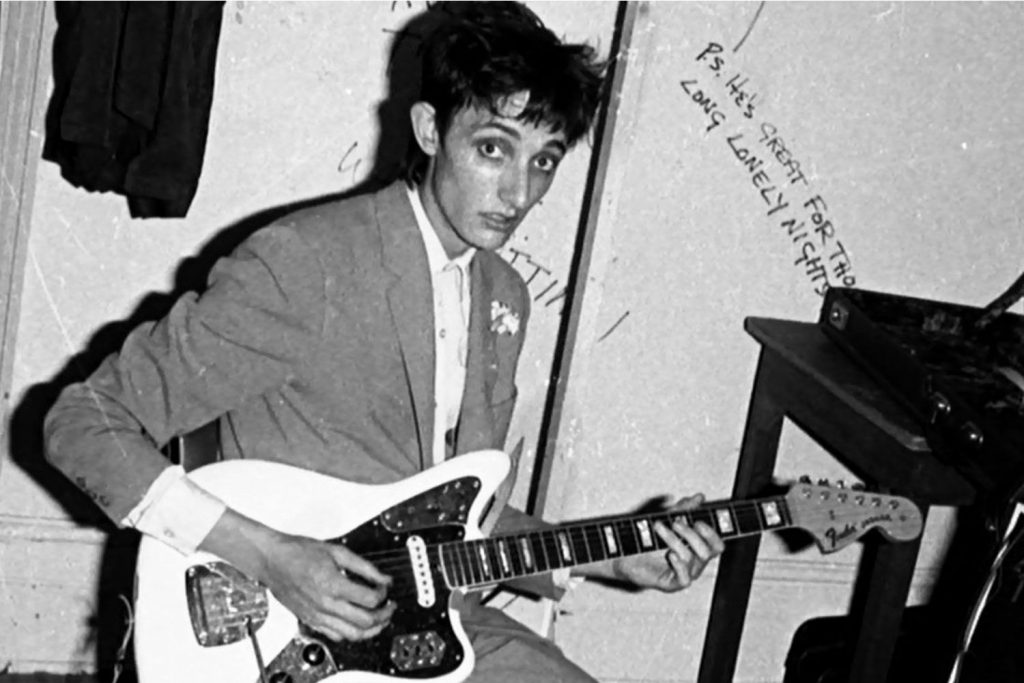The ultimate guide to the lesser-known practice of video synthesis
The synthesizer, whether you’re a fan or not, are a quintessential part of the modern music landscape. They have infiltrated their way into just about every style and genre of music and demand for them in the marketplace isn’t seeing any signs of dwindling. However, what is far less known and out of mainstream synthesiser practices, is the world of video synthesis.
Read all the latest features, columns and more here.
Video synthesis works very much in the same way that a traditional synthesizer does. They feature oscillators with different shapes, but rather than produce pitches at certain frequencies, they produce colours and shapes at certain frequencies. From there, you are able to patch and modulate these frequencies with envelopes, LFOs, and effects using MIDI or Control Voltage (CV). These modulation parameters change the shape, colour, zoom, and rotation of the oscillators, and when combined, create mesmerising and hypnotic visuals.
What’s interesting about this is that since many traditional synths operate using CV or have CV components, allowing you to modulate video synths with your musical synths. Some work standalone while others are able to accept external sources, such as video or direct camera feed, which you can then modulate using the synth’s parameters.
The advantage of video synthesisers over traditional video post production techniques, such as using programs like Adobe After Effects, is that it offers real time modulation without the need for rendering, making it very useful for live performances.
The world of the video synthesizer is a deep rabbit hole, almost entirely separate from musical synthesis, but here is a guide to show you a few of the options on the market today.
LZX Industries
LZX Industries is easily the most renowned manufacturer when it comes to analogue video synthesis. Currently, they only produce Eurorack modules that you can combine and match together, though previously they have had standalone units such as the LZX Vidiot.
The Eurorack form factor makes LZX modules very easy to combine with existing Eurorack or a classic synthesizer you may have. Allowing for real-time modulation of video in sync with your synth patches.
LZX modules also allow for external signal processing, meaning it is capable of applying its effects to VCRs, DVDs, cameras, and anything with analogue video outputs. The addition of HDMI to RCA/S video downscalers allows the use of modern equipment such as computers, phones, and tablets too.
LZX are probably the most expensive of the options listed here, however the customisation and routing options are second to none, due the nature of Eurorack.
Head to their website for more.
Sleepy Circuits
Sleepy Circuits’ Hypno unit is very impressive, offering a nice middle ground between analogue and digital. The Hypno has two oscillators that can be controlled manually with the face controls or modulated with CV inputs or with internal modulation parameters. It can be powered over USB or with Eurorack power cables and can output in analogue composite, USB or HDMI, all of which can run simultaneously.
The style of visualisation is very similar to that of other analogue gear, but the digital engine allows for a much smaller form factor that can be used standalone, or it can be incorporated into a eurorack system with its CV inputs.
The Hypno does not accept external video sources like the LZX modules, however don’t let that distract from its simple yet powerful visual synthesis engine.
Head to their website for more.
Critter & Guitari
The Critter and Guitari Eyesy is perhaps the easiest unit on the list to understand and operate right out of the box. It features no CV inputs, however it is MIDI-programmable and features a reactive audio input that modulates the video in real time.

The Eyesy has a minimalist design with a few knobs and buttons to operate the synths parameters, all of which are MIDI-programmable. The MIDI programmability means that you can create an entire visual component to match your songs and live performances, as well as reacting to the audio signal from your setup. The Eyesy however does not accept external video sources.
The visuals produced by the Eyesy are quite different from the other units on this list, as it operates off a raspberry pi and is fully digital. It has its own unique set of presets and operations which provides an entirely unique visual style, allowing for more complex patterns and sharper visuals than its analog counterparts.
The raspberry pi operating system also allows for users to program their own visual algorithms, that can then be uploaded and shared among others, meaning there is no shortage of presets for those unfamiliar with programming.
Head to Critter & Guitari for more.







